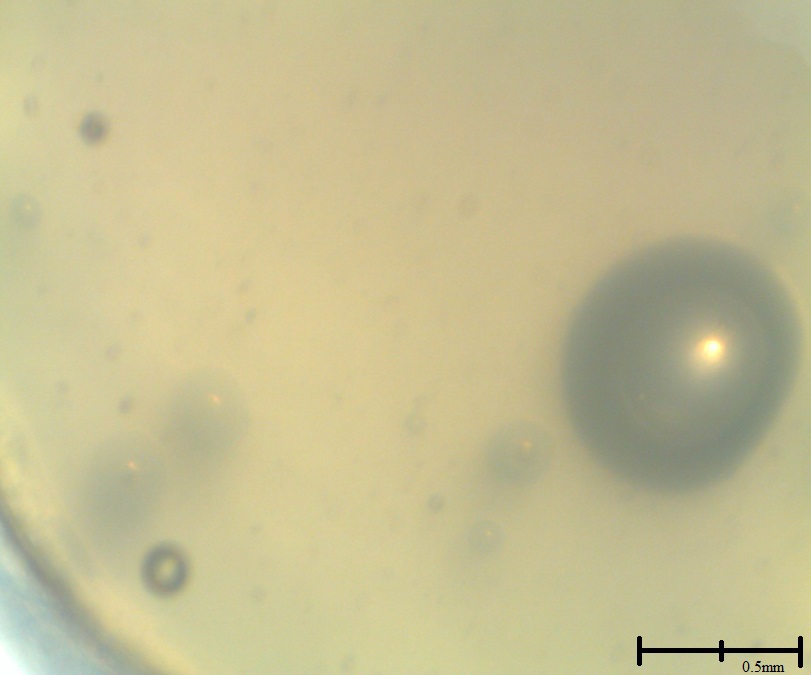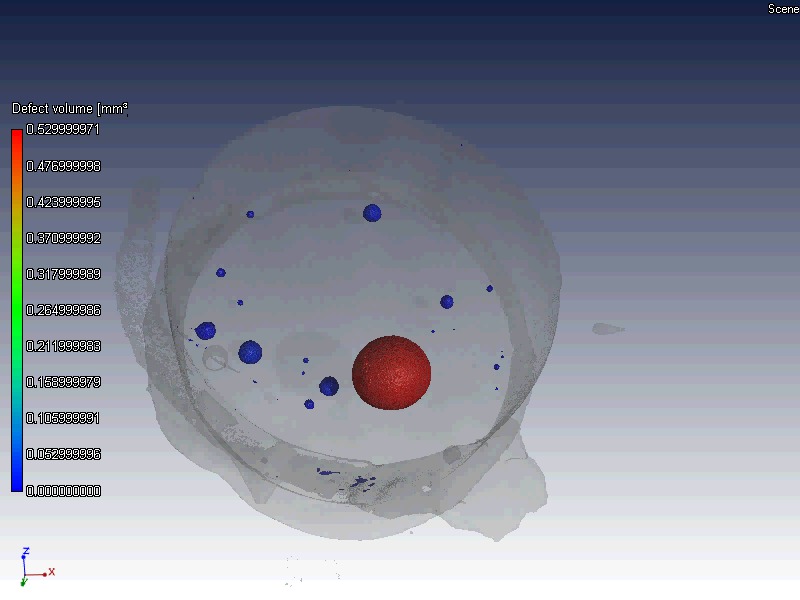IADR Abstract Archives
Voids in bulk fill flowable composites
Objectives: To determine the presence of voids in bulk fill flowable composites.
Methods: This study tested four bulk fill flowable composites against a universal composite that served as the control. Test groups: Filtek bulk fill flowable (3M ESPE, Minnesota, USA), Smart Dentin Replacement (SDR) (Dentsply/Caulk, Milford, Germany), Venus bulk fill (Haraeus Kulzer, Hanau, Germany), Xtra base bulk fill flowable (Voco, Cuxhaven, Germany). Control group: Z250 (3M ESPE, Minnesota). Ten specimens of each material were manufactured in a Teflon mould with a known volume of 49.087mm3 (n=50). The specimens were then subjected to stereomicroscope analysis (20 x magnifications) and randomly selected specimens and ampules subjected to Micro-3D ct reconstruction (General Electric Phoenix V|Tome|X L240).
Results: The randomly selected samples reviewed in this study showed that there were voids present in all the samples. The void percentage was calculated at 0.52% for Z250. The total void volume was relatively consistent for SDR, Filtek bulk fill flow and Xtra Base bulk fill (0.0006/ 0.0006/ 0.0001% of the samples respectively). Venus bulk fill had the largest void percentage at 1.2% of the sample. The randomly selected un-used Filtek bulk fill flowable ampule and SDR ampule that was scanned with Micro-3D ct reconstruction contained voids of 0.79% and 2.4% respectively.
Conclusions: It is essential that manufacturers ensure that no voids are present in the ampules of material. The material handling brochures need to be updated to correspond with the images used by the manufacturers so that the correct handling procedures can be followed. The recommendation is that the nozzle must be held above the restorative material during placement in the cavity preparation.
Methods: This study tested four bulk fill flowable composites against a universal composite that served as the control. Test groups: Filtek bulk fill flowable (3M ESPE, Minnesota, USA), Smart Dentin Replacement (SDR) (Dentsply/Caulk, Milford, Germany), Venus bulk fill (Haraeus Kulzer, Hanau, Germany), Xtra base bulk fill flowable (Voco, Cuxhaven, Germany). Control group: Z250 (3M ESPE, Minnesota). Ten specimens of each material were manufactured in a Teflon mould with a known volume of 49.087mm3 (n=50). The specimens were then subjected to stereomicroscope analysis (20 x magnifications) and randomly selected specimens and ampules subjected to Micro-3D ct reconstruction (General Electric Phoenix V|Tome|X L240).
Results: The randomly selected samples reviewed in this study showed that there were voids present in all the samples. The void percentage was calculated at 0.52% for Z250. The total void volume was relatively consistent for SDR, Filtek bulk fill flow and Xtra Base bulk fill (0.0006/ 0.0006/ 0.0001% of the samples respectively). Venus bulk fill had the largest void percentage at 1.2% of the sample. The randomly selected un-used Filtek bulk fill flowable ampule and SDR ampule that was scanned with Micro-3D ct reconstruction contained voids of 0.79% and 2.4% respectively.
Conclusions: It is essential that manufacturers ensure that no voids are present in the ampules of material. The material handling brochures need to be updated to correspond with the images used by the manufacturers so that the correct handling procedures can be followed. The recommendation is that the nozzle must be held above the restorative material during placement in the cavity preparation.


